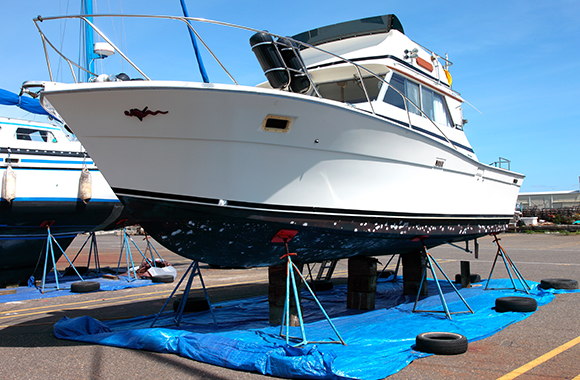Things to Know About Bottom Painting
Bottom painting, also known as antifouling, is an essential maintenance task for boats that spend time in the water. Its main purpose is to prevent the growth of marine organisms such as barnacles, algae, and mussels on the hull. These growths can slow the boat down, reduce fuel efficiency, and cause damage over time. Understanding the process and materials involved helps boat owners maintain performance and protect their investment. Garcia Boat Detailing offers bottom painting services in North Miami Beach, Fort Lauderdale, North Palm Beach, Pompano Beach, Bal Harbour, Hollywood and surrounding areas.
There are two main types of bottom paint: ablative and hard. Ablative paint gradually wears away as the boat moves through the water, continuously exposing a fresh layer of biocide to prevent marine growth. It’s ideal for boats that are used regularly. Hard paint, on the other hand, forms a durable coating that resists wear and is best suited for high-speed vessels or boats that are hauled frequently.
Before painting, the hull must be properly prepared. This involves cleaning off old paint, sanding to create a smooth surface, and applying primer if needed. Proper preparation ensures the new paint adheres well and performs effectively. Skipping these steps can lead to peeling, poor protection, and wasted effort.
Environmental considerations are also important. Many bottom paints contain copper or other biocides that can harm aquatic ecosystems. Eco-friendly or low-copper alternatives are becoming more popular and may be required in some regions. Always check local regulations before applying antifouling coatings.
Maintenance is key to extending the life of the paint. Regular inspections and gentle cleaning with a soft sponge can prevent buildup and extend intervals between repainting. Most boats need new bottom paint every one to three years, depending on use and water conditions.
In summary, bottom painting protects your boat’s hull, enhances performance, and reduces maintenance costs. Choosing the right paint type, preparing the surface correctly, and following environmental guidelines will ensure effective and long-lasting results. Call us anytime if you need more information.
